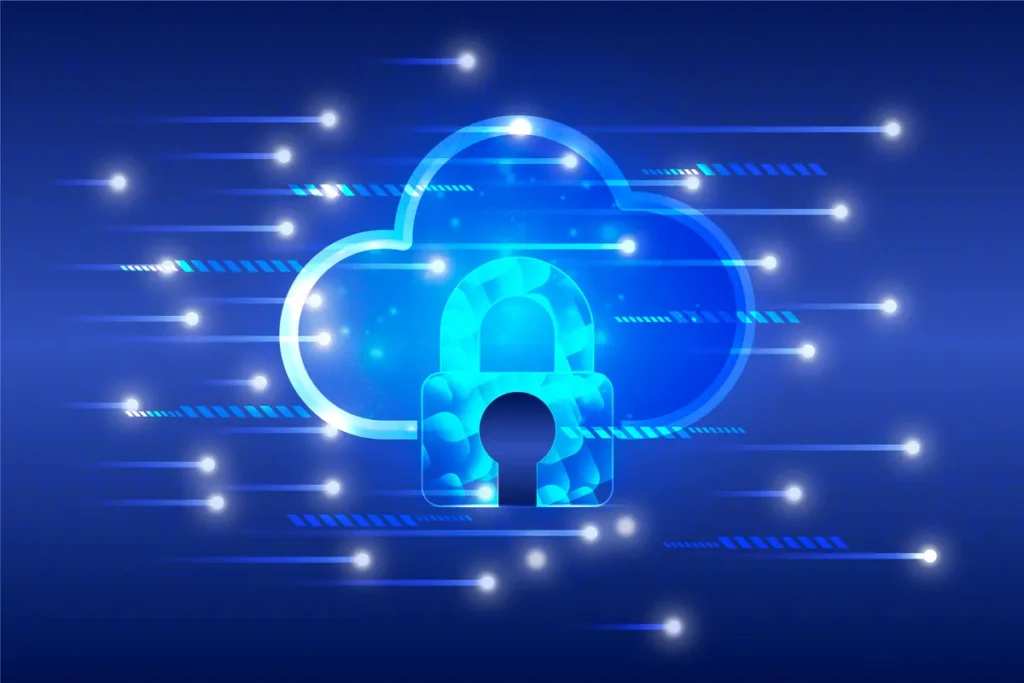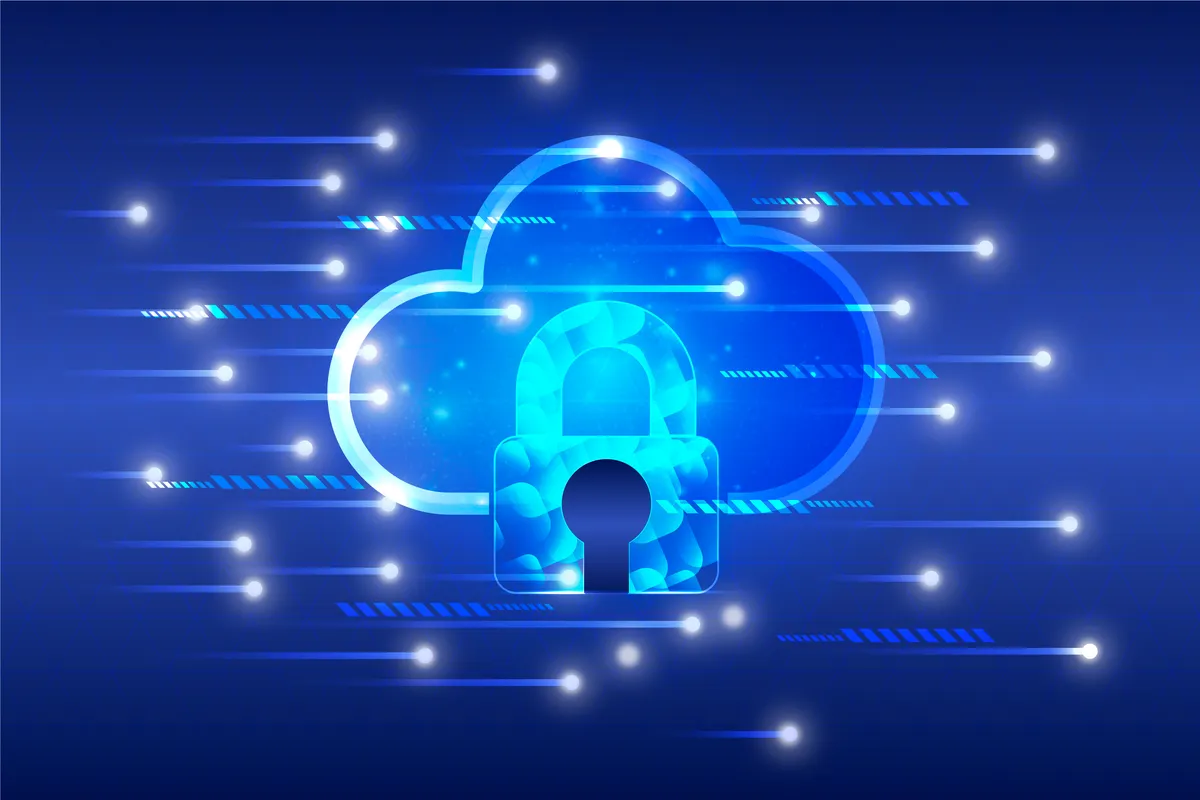Table of Contents
Cybersecurity in the Cloud: Ensuring Data Security in Remote Environments

As businesses increasingly adopt cloud computing technologies, ensuring robust cybersecurity measures in remote environments has become a paramount concern. The cloud offers numerous benefits, including scalability, cost-efficiency, and flexibility. It does, however, bring new concerns in terms of data security. In this blog post, we will explore the importance of cybersecurity in the cloud and provide essential tips for ensuring data security in remote environments.
Understand Shared Responsibility Model
When utilizing cloud services, it is crucial to understand the shared responsibility model. Customers are responsible for safeguarding their data and applications within the cloud, while cloud service providers (CSPs) are responsible for the security of the cloud infrastructure. Familiarize yourself with the specific security responsibilities outlined by your CSP.
Implement Strong Access Controls
Implement robust access controls to limit access to your cloud resources. Use strong and unique passwords, enforce multi-factor authentication (MFA), and regularly review and manage user access privileges. Follow the principle of least privilege, ensuring that users have only the necessary permissions to perform their tasks.
Encrypt Data
Encrypting data both in transit and at rest is essential for protecting sensitive information in the cloud. Utilize encryption technologies to secure data while it is being transferred between your systems and the cloud, as well as when it is stored within the cloud environment.
Regularly Update and Patch
Stay current with software updates and patches for all systems and applications used in the cloud. CSPs often release security updates to address vulnerabilities and protect against emerging threats. Regularly update and patch your cloud-based resources to ensure they have the latest security features.
Monitor and Audit Activity
Put in place strong monitoring and auditing mechanisms to track and detect any suspicious activity in your cloud environment. Utilize logging and monitoring tools provided by your CSP to identify potential security incidents, unauthorized access attempts, or abnormal behavior.
Backup and Disaster Recovery
Implement a comprehensive backup and disaster recovery plan for your cloud-based data and applications. Regularly back up your critical data and test the recovery process to ensure that you can restore your systems in the event of a cyber attack, data loss, or service disruption.
Conduct Regular Security Assessments
Engage in regular security assessments and penetration testing to identify vulnerabilities within your cloud environment. Work with reputable cybersecurity professionals to evaluate the security posture of your cloud-based systems and implement remediation measures.
Educate Employees on Cloud Security
Provide comprehensive training and awareness programs to educate your employees about cloud security best practices. Emphasize the importance of data protection, secure access practices, and adherence to cloud security policies and procedures.
Cloud Security Controls
Utilize cloud-specific security controls and features provided by your CSP. These may include network security groups, firewalls, intrusion detection systems, and data loss prevention mechanisms. Implement these controls to enhance the security of your cloud environment.
Regularly Review and Update Cloud Security Policies
Review and update your cloud security policies and procedures to align with changing threats and best practices. Ensure that your policies cover data classification, incident response, data retention, and compliance requirements specific to your industry.
Conclusion
As businesses increasingly rely on cloud computing, ensuring robust cybersecurity measures is paramount to safeguard data in remote environments. By understanding the shared responsibility model, implementing strong access controls, encrypting data, staying updated with patches, monitoring activity, backing up data, conducting security assessments, educating employees, and leveraging cloud-specific security controls, organizations can enhance data security in the cloud. With a proactive and comprehensive approach to cybersecurity, businesses can confidently leverage the benefits of the cloud while effectively mitigating potential risks.



